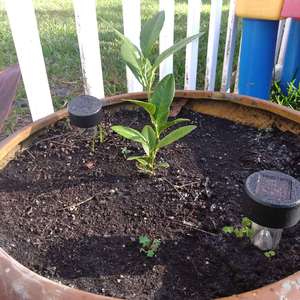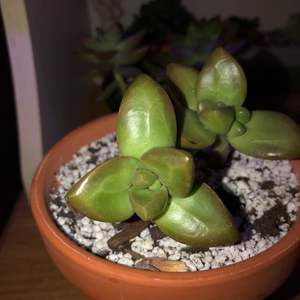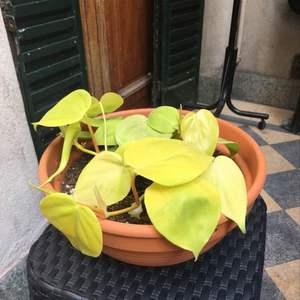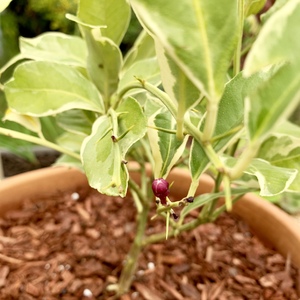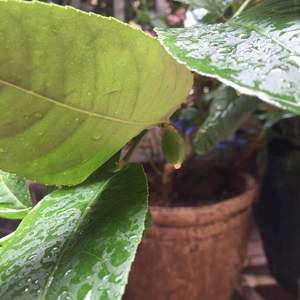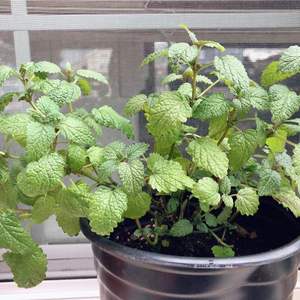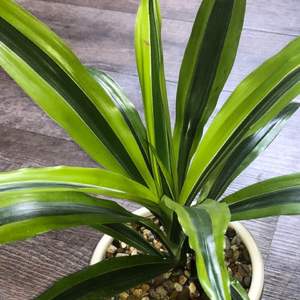文章
ritau
2020年01月19日

Hello everybody, today we are going to introduce four uses of lemon, come and have a look!
For Health
For a sore throat or bad breath, gargle with some lemon juice.
After a shampoo, rinse your hair with lemon juice to make it shine. Mix the strained juice of a lemon in an eight-ounce glass of warm water.
Suck on a lemon to settle an upset stomach.

In the Kitchen
Clean discolored utensils with a cloth dipped in lemon juice. Rinse with warm water.
Toss used lemons into your garbage disposal to help keep it clean and smelling fresh.
Use one part lemon juice and two parts salt to scour chinaware to its original luster.
Rub kitchen and bathroom faucets with lemon peel. Wash and dry with a soft cloth to shine and remove spots.
Fresh lemon juice in rinse water removes soap film from interiors of ovens and refrigerators.
Fish or onion odor on your hands can be removed by rubbing them with fresh lemons.
To get odors out of wooden rolling pins, bowls, or cutting boards, rub with a piece of lemon. Don’t rinse: The wood will absorb the lemon juice.
Clean copper pots by cutting a lemon in half and rubbing the cut side with salt until the salt sticks. Rub the lemon onto the metal, rinse with hot water, and polish dry.

Outdoors
Save lemon and orange rinds to deter squirrels and cats from digging in the garden. Store rinds in the freezer during the winter, and then bury them just under the surface of the garden periodically throughout the spring and summer.
A few drops of lemon juice in outdoor house-paint will keep insects away while you are painting and until the paint dries.
Mix one tablespoon of lemon juice with two tablespoons of salt to make a rust-removing scrub.

Miscellaneous Uses
Remove scratches on furniture by mixing equal parts of lemon juice and salad oil and rubbing it on the scratches with a soft cloth.
To make furniture polish, mix one part lemon juice and two parts olive oil.
To clean the surface of white marble or ivory (such as piano keys), rub with a half a lemon, or make a lemon juice and salt paste. Wipe with a clean, wet cloth.
To renew hardened paintbrushes, dip into boiling lemon juice. Lower the heat and leave the brush for 15 minutes, then wash it in soapy water.
To remove dried paint from glass, apply hot lemon juice with a soft cloth. Leave until nearly dry, and then wipe off.
Create your own air freshener: Slice some lemons, cover with water, and let simmer in a pot for about an hour. (This will also clean your aluminum pots!)
Before you start to vacuum, put a few drops of lemon juice in the dust bag. It will make the house smell fresh.
Get grimy cotton socks white again by boiling them in water with a slice of lemon.

For Health
For a sore throat or bad breath, gargle with some lemon juice.
After a shampoo, rinse your hair with lemon juice to make it shine. Mix the strained juice of a lemon in an eight-ounce glass of warm water.
Suck on a lemon to settle an upset stomach.

In the Kitchen
Clean discolored utensils with a cloth dipped in lemon juice. Rinse with warm water.
Toss used lemons into your garbage disposal to help keep it clean and smelling fresh.
Use one part lemon juice and two parts salt to scour chinaware to its original luster.
Rub kitchen and bathroom faucets with lemon peel. Wash and dry with a soft cloth to shine and remove spots.
Fresh lemon juice in rinse water removes soap film from interiors of ovens and refrigerators.
Fish or onion odor on your hands can be removed by rubbing them with fresh lemons.
To get odors out of wooden rolling pins, bowls, or cutting boards, rub with a piece of lemon. Don’t rinse: The wood will absorb the lemon juice.
Clean copper pots by cutting a lemon in half and rubbing the cut side with salt until the salt sticks. Rub the lemon onto the metal, rinse with hot water, and polish dry.

Outdoors
Save lemon and orange rinds to deter squirrels and cats from digging in the garden. Store rinds in the freezer during the winter, and then bury them just under the surface of the garden periodically throughout the spring and summer.
A few drops of lemon juice in outdoor house-paint will keep insects away while you are painting and until the paint dries.
Mix one tablespoon of lemon juice with two tablespoons of salt to make a rust-removing scrub.

Miscellaneous Uses
Remove scratches on furniture by mixing equal parts of lemon juice and salad oil and rubbing it on the scratches with a soft cloth.
To make furniture polish, mix one part lemon juice and two parts olive oil.
To clean the surface of white marble or ivory (such as piano keys), rub with a half a lemon, or make a lemon juice and salt paste. Wipe with a clean, wet cloth.
To renew hardened paintbrushes, dip into boiling lemon juice. Lower the heat and leave the brush for 15 minutes, then wash it in soapy water.
To remove dried paint from glass, apply hot lemon juice with a soft cloth. Leave until nearly dry, and then wipe off.
Create your own air freshener: Slice some lemons, cover with water, and let simmer in a pot for about an hour. (This will also clean your aluminum pots!)
Before you start to vacuum, put a few drops of lemon juice in the dust bag. It will make the house smell fresh.
Get grimy cotton socks white again by boiling them in water with a slice of lemon.

0
0
文章
Andy
2018年12月26日

Tangy and sour, lemon adds flavor to every cuisine. Learn how to grow a lemon tree in a pot. Growing lemon tree is easy if you follow the requirements given below.

Image credit: the tree center
You want to grow lemons but stop because you run out of space or you don’t grow it because you live in a colder region. If this is your plight then growing a lemon tree in a pot is a smart idea. Plant it on a patio, terrace or in indoors, and you will be bestowed by its scented flowers and soft yellow citrus fruits. You can grow it in balcony too, Meyer lemon variety is perfect for kitchen and balcony gardens, especially for non-tropical zones.
Lemon Tree Varieties
Growing lemon tree from seed is a bad idea because it can take up to 4 years to produce fruits. Instead, ask in local nurseries for dwarf varieties that can do well in containers. Varieties that are most suitable for containers are Improved Meyer, Lisbon Lemon, and Dwarf Eureka. However, a lemon tree doesn’t grow too big, which means you can grow almost any variety in the pot.
*Buy a healthy lemon plant that is at least 3 years old, so that you don’t have to wait for it to start blooming and fruiting.
How to Grow a Lemon Tree in Pot
Choose a pot that is 25% bigger than the root ball of the plant. A clay pot is ideal because unlike plastic it is porous and evaporates water from sides, this helps the lemon tree to grow well as it dislikes being waterlogged. The quality and type of potting soil is an essential factor as well. For growing high yielding plants, use well draining organic potting mix.
*If you’re growing a lemon tree in a balcony or any other small space, take care of its spikes, keep the plant in a corner.
Requirements for Growing Lemon Tree in a Pot
Repot your lemon tree in every couple of years or so at the beginning of spring (in warm climates, winter is the best season). Your pot size should be according to the scale of your tree. Avoid too large or small planters, keep in mind to use a container that is one size bigger than your previously used pot.
*pH level of soil should be around 5.5 to 7 as this plant prefers slightly acidic soil to neutral soil.
Sunlight
All plants in the citrus family love full sun, around 7 to 8 hours of sunlight is essential. If growing lemon tree indoors, use grow lights to provide adequate lighting inside.
Also Read: Growing Pomegranates in Containers
Watering
The lemon tree requires consistent watering to produce healthy fruits. Giving it too much or too little water can lead to blossom and fruit drop and sometimes plant may die too. Check top 2-inch layer of soil for dryness before watering. On windy and hot days, it requires more frequent watering and slightly moist soil.
Humidity
If you are growing a lemon tree indoors, it requires a certain humidity level to thrive, 50% is ideal. You can maintain humidity by placing it on a pebble tray or using a humidifier.
Lemon Tree Care
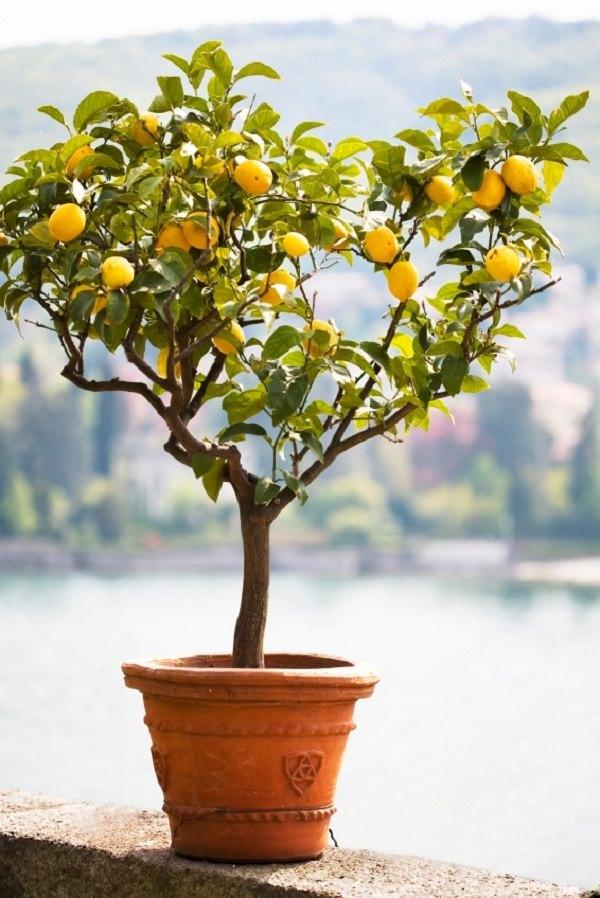

If you’re growing a lemon tree in a pot in USDA Zones 8b to 11, you don’t need to care for cold that much, but below these zones, special care is needed in harsh winters. Temperature below 30°F (-1 C) is life-threatening for the lemon tree, except ‘Meyer’ lemon variety that can tolerate some cold till 24°F (-4 C).
Freezing temperatures succumb these plants to death. Optimum temperature is around 50°F to 82°F (10°C to 28°C). To overwinter it, keep your potted plant indoors or in a greenhouse when the temperature falls below 35°F (2°C).
Pruning and Pinching Lemon Tree
Pinching encourages bushier growth, pinch growing tip when a branch is about 5 inches long. Pruning of lemon tree is best carried out when new growth starts (February – March). Be careful before pruning it, only prune diseased or dead branches because lemon stores excess food in its leaves and too much pruning can result in poor fruit crop. Also, keep looking for suckers and prune them immediately if found one.
Fertilizer for Growing Lemon Tree in a Pot
All plants of citrus family are heavy feeders, and lemon tree too requires fertilizer to produce juicy fruits, lush foliage, and fragrant blooms. Use special purpose citrus fertilizers for every citrus species plant, if unavailable use slow release fertilizer of NPK 12-6-6.
Look for a fertilizer that contains micronutrients, especially iron, manganese, and zinc. To give boost feed to your lemon tree apply a water-soluble fertilizer once in a month in growing season. Occasionally, side dress your plant with compost or well-rotted manure.
Pests and Diseases for Lemon Tree in Pot
Pests like mealy bugs, spider mites, aphids, and scales occasionally attract toward it. To get rid of them organically read this article.
Harvesting
Harvesting time depends on the type of variety you are growing and your weather conditions. The citrus fruits stop ripening once they are off the tree. To determine if the fruit is ripened, see if the fruit is heavy, soft and yellow.
Also Read: Growing Cucumbers on a Trellis
Additional Tips for Growing Lemon Tree in PotKeep your lemon tree in a less windy spot as it dislikes strong winds.If moving indoors for winter or outside for summer, acclimatize it to avoid shock.You can also do grafting to get two or more varieties from the single tree.


Image credit: the tree center
You want to grow lemons but stop because you run out of space or you don’t grow it because you live in a colder region. If this is your plight then growing a lemon tree in a pot is a smart idea. Plant it on a patio, terrace or in indoors, and you will be bestowed by its scented flowers and soft yellow citrus fruits. You can grow it in balcony too, Meyer lemon variety is perfect for kitchen and balcony gardens, especially for non-tropical zones.
Lemon Tree Varieties
Growing lemon tree from seed is a bad idea because it can take up to 4 years to produce fruits. Instead, ask in local nurseries for dwarf varieties that can do well in containers. Varieties that are most suitable for containers are Improved Meyer, Lisbon Lemon, and Dwarf Eureka. However, a lemon tree doesn’t grow too big, which means you can grow almost any variety in the pot.
*Buy a healthy lemon plant that is at least 3 years old, so that you don’t have to wait for it to start blooming and fruiting.
How to Grow a Lemon Tree in Pot
Choose a pot that is 25% bigger than the root ball of the plant. A clay pot is ideal because unlike plastic it is porous and evaporates water from sides, this helps the lemon tree to grow well as it dislikes being waterlogged. The quality and type of potting soil is an essential factor as well. For growing high yielding plants, use well draining organic potting mix.
*If you’re growing a lemon tree in a balcony or any other small space, take care of its spikes, keep the plant in a corner.
Requirements for Growing Lemon Tree in a Pot
Repot your lemon tree in every couple of years or so at the beginning of spring (in warm climates, winter is the best season). Your pot size should be according to the scale of your tree. Avoid too large or small planters, keep in mind to use a container that is one size bigger than your previously used pot.
*pH level of soil should be around 5.5 to 7 as this plant prefers slightly acidic soil to neutral soil.
Sunlight
All plants in the citrus family love full sun, around 7 to 8 hours of sunlight is essential. If growing lemon tree indoors, use grow lights to provide adequate lighting inside.
Also Read: Growing Pomegranates in Containers
Watering
The lemon tree requires consistent watering to produce healthy fruits. Giving it too much or too little water can lead to blossom and fruit drop and sometimes plant may die too. Check top 2-inch layer of soil for dryness before watering. On windy and hot days, it requires more frequent watering and slightly moist soil.
Humidity
If you are growing a lemon tree indoors, it requires a certain humidity level to thrive, 50% is ideal. You can maintain humidity by placing it on a pebble tray or using a humidifier.
Lemon Tree Care


If you’re growing a lemon tree in a pot in USDA Zones 8b to 11, you don’t need to care for cold that much, but below these zones, special care is needed in harsh winters. Temperature below 30°F (-1 C) is life-threatening for the lemon tree, except ‘Meyer’ lemon variety that can tolerate some cold till 24°F (-4 C).
Freezing temperatures succumb these plants to death. Optimum temperature is around 50°F to 82°F (10°C to 28°C). To overwinter it, keep your potted plant indoors or in a greenhouse when the temperature falls below 35°F (2°C).
Pruning and Pinching Lemon Tree
Pinching encourages bushier growth, pinch growing tip when a branch is about 5 inches long. Pruning of lemon tree is best carried out when new growth starts (February – March). Be careful before pruning it, only prune diseased or dead branches because lemon stores excess food in its leaves and too much pruning can result in poor fruit crop. Also, keep looking for suckers and prune them immediately if found one.
Fertilizer for Growing Lemon Tree in a Pot
All plants of citrus family are heavy feeders, and lemon tree too requires fertilizer to produce juicy fruits, lush foliage, and fragrant blooms. Use special purpose citrus fertilizers for every citrus species plant, if unavailable use slow release fertilizer of NPK 12-6-6.
Look for a fertilizer that contains micronutrients, especially iron, manganese, and zinc. To give boost feed to your lemon tree apply a water-soluble fertilizer once in a month in growing season. Occasionally, side dress your plant with compost or well-rotted manure.
Pests and Diseases for Lemon Tree in Pot
Pests like mealy bugs, spider mites, aphids, and scales occasionally attract toward it. To get rid of them organically read this article.
Harvesting
Harvesting time depends on the type of variety you are growing and your weather conditions. The citrus fruits stop ripening once they are off the tree. To determine if the fruit is ripened, see if the fruit is heavy, soft and yellow.
Also Read: Growing Cucumbers on a Trellis
Additional Tips for Growing Lemon Tree in PotKeep your lemon tree in a less windy spot as it dislikes strong winds.If moving indoors for winter or outside for summer, acclimatize it to avoid shock.You can also do grafting to get two or more varieties from the single tree.
0
0





